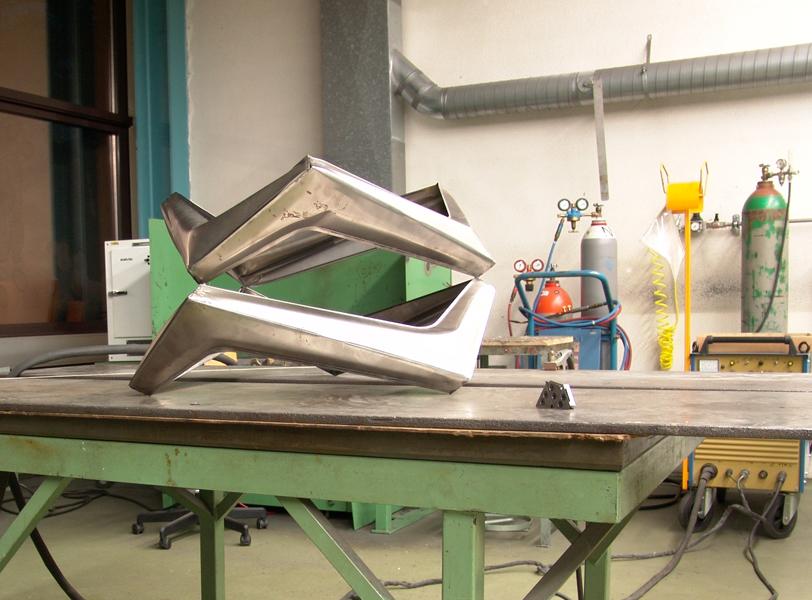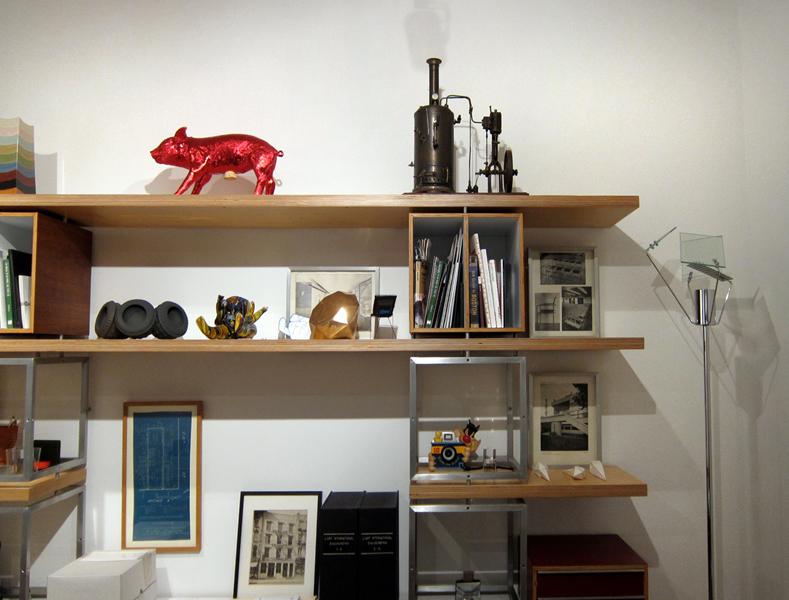
12.14.10
The Making of
Inside Oskar Zieta’s Metal-inflating Facility
When Oskar Zieta was given the honor of creating a site-specific installation in the Victoria & Albert Museum’s sprawling central garden during this year’s London Design Festival, he had a fairly significant advantage. With his own high-tech metalworking factory in Poland capable of producing large-scale inflated-steel structures, he had the means to fabricate whatever flight of fancy he and his team might possibly dream up, no matter how ambitious. And yet standing in his way was an obstacle far more prosaic in nature, one it would take ingenuity moreso than technological muscle to surmount: teeny tiny doorways. “The doors were really small, and all the ideas of getting to the garden by a helicopter or by a crane had to be rejected because of the risk of destroying the museum’s façade,” he told the fair’s bloggers at the time. But for someone like Zieta — who’s spent the past eight years monomaniacally experimenting with the proportions of the metal sheets he welds at the edges and then blasts full of air — it read like an intellectual call to arms.
